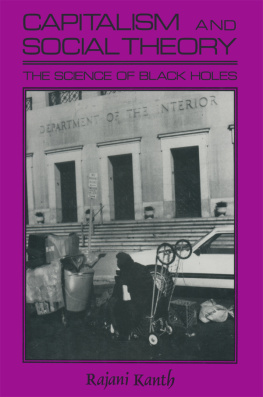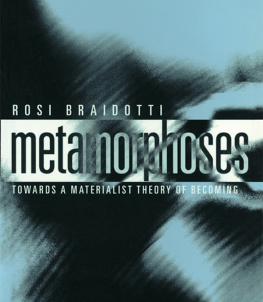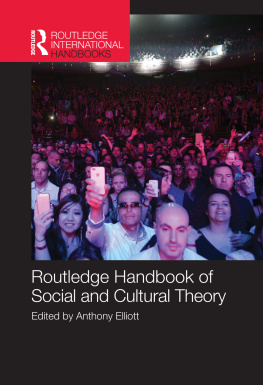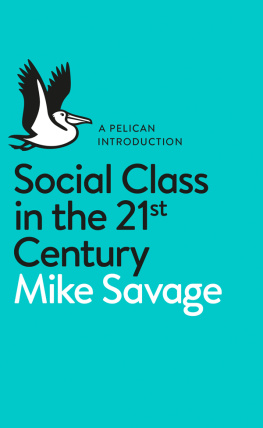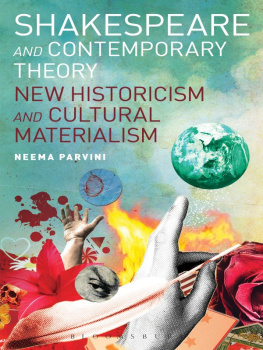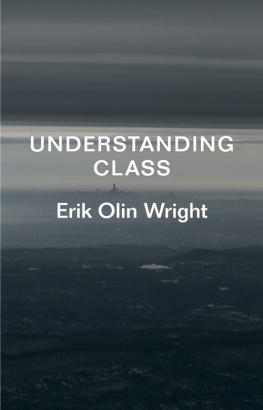The Class Matrix
Copyright 2022 by the President and Fellows of Harvard College
All rights reserved
Cover design: Graciela Galup
Cover art: Getty Images
978-0-674-24513-6 (Cloth)
978-0-674-26984-2 (EPUB)
978-0-674-26983-5 (PDF)
THE LIBRARY OF CONGRESS HAS CATALOGED THE PRINTED EDITION AS FOLLOWS:
Names: Chibber, Vivek, 1965 author.
Title: The class matrix : social theory after the cultural turn / Vivek Chibber.
Description: Cambridge, Massachusetts : Harvard University Press, 2022. | Includes bibliographical references and index.
Identifiers: LCCN 2021016804
Subjects: LCSH: Social classes. | Class consciousness. | WealthSocial aspects. | MaterialismSocial aspects. | Equality.
Classification: LCC HT609 .C49 2022 | DDC 305.5dc23
LC record available at https://lccn.loc.gov/2021016804
For Erik Olin Wright
In Memorium
Contents
Introduction
1. Class Structure
1.1Culture and Social Structure
1.2How Class Structure Is Different
1.3Two Models of Cultural Influence
1.4The Causal Autonomy of Class Structure
2. Class Formation
2.1Why Should Workers Resist?
2.2From Universal Antagonism to Universal Resistance
2.3Two Strategies of Resistance
2.4Bringing Culture Back In
2.5Culture Constrained
2.6Back to Structure
3. Consent, Coercion, and Resignation
3.1The Turn to Consent
3.2Consent and the Reality of Class
3.3The Material Basis of Consent
3.4The Problem with Consent
3.5From Consent to Resignation
3.6The Place of Ideology
3.7The New Lefts Folly
4. Agency, Contingency, and All That
4.1A Reprise
4.2Agents and Automatons
4.3Too Little Contingency?
4.4Too Much Contingency?
4.5Contingency within Limits
5. How Capitalism Endures
5.1The Growth Phase of the First Left
5.2From Consent to Resignation
5.3The Class Matrix Today
Notes
Acknowledgments
Index
A Note on Terminology
One of the most frequently used concepts in this book is culture. Among contemporary theorists, the concept is understood in two distinct ways. One tradition, associated perhaps most famously with Raymond Williams, takes it to mean an entire way of lifethe gamut of social practices that distinguish one social formation or one epoch from another. This includes not only religion, ideology, the arts, and literature but also political and economic institutions. Another, more narrow use of the term uses it to denote ideology, discourse, normative codes, and so ontogether comprising the interpretive dimension of social practices. In this book, unless otherwise noted, I will always use culture and its cognates in the latter sense. There is a reason for this. One of the primary goals of the book is to respond to the challenges to structural class theory issued by proponents of the cultural turn. That challenge only makes sense if culture is understood in this particular wayas will be clear in the course of the book. It is a practical decision, not an epistemological stance. Readers who feel strongly that the concept should not be used in this fashion can feel free to substitute ideology or discourse whenever they see culture. I usually use them interchangeably.
The Class Matrix
O ne of the enduring problems in social theory is to explain the sources of stability and conflict in modern society. For most of the twentieth century, perhaps the most influential approach to this issue originated in the work of Karl Marx. Marxs arguments directly or indirectly shaped much of the debate on modern political dynamics. Marxs direct influence came through his empirical arguments, the most important of which was that stability and conflict dont just coexist but are coextensive. It isnt just that modern society has both elements within it but that they are produced together. This is because the same mechanism that brings people into stable patterns of interaction also locks them into conflict with one another. Marx often described this situation through the concept of contradiction and its cognatesnot in the sense of a logical impossibility but of an irreconcilable tension.
For Marx, the mechanism that simultaneously produces stability and conflict is the class structure. On one side, a societys class relations create the foundation for its reproduction over time. This is because, by definition, these are the social relations that govern the production of goods and services. Whatever else people might do, they have to participate in the forms of interaction called for by the class structure just to maintain body and soul. A societys class structure is therefore a source of social stability because the social agents are inclined to reproduce it as the precondition for their own well-being. On the other side, though, it is also the primary source of social tension. This is because class is intrinsically exploitativedominant classes obtain their income by coercing labor out of subordinate groups. Marx refers to this labor extraction as exploitation, and exploitation is built into the process of class reproduction. So even while the class structure brings social agents together around their material needs, it also locks them into conflict because exploitation tends to generate resistance. In his most famous articulation of this argument, Marx predicted that the political instability built into capitalism would eventuate in its overthrow by the working class.
It was no small matter that in the decades following Marxs demise, most of Europe was rocked by working-class rebellions, and there seemed a very real possibility that his prediction of capitalisms demise would come true. Socialist parties turned to Marxism as their guide to action, and as tens of millions flocked to these organizations, they imbibed the basics of the theory. By mid-century, Marxism in some form was undoubtedly the most widely held social theory among progressive intellectuals and exercised great influence beyond. In the colonial world, a similar process took root wherein nationalist movements took inspiration from Marxs anticolonialism and the strong anti-imperialist stance taken by the Bolsheviks. Generations of anticolonial intellectuals found Marxism to provide a natural framework, not just for their moral commitments but also for their political analysis. Hence, for the global Left, the theorys basic elements had become a kind of common sense by the 1960s. And the explosion of the New Left at the decades end only breathed new life into it, extending its reach far into the academy for the first time.
This is all very well known. It is also widely recognized that as the Left began to weaken and then retreat in the 1970s, it triggered an intellectual crisis. Whereas Marxs theory seemed to be in line with the growth of class movements and the threats posed to capitalist rule, the systems stabilization in the latter part of the century, the onset of neoliberal hegemony, the domestication of the organized Left, and the disintegration of the Soviet Bloc all pushed in the opposite direction. All these developments seemed not only to run against the theorys predictions, but, more importantly, it appeared to be ill-equipped to explain them. The anomalies were hard to missif the working class was to be capitalisms gravedigger, then how was its ascent, which seemed ineluctable in the centurys early decades, halted by mid-century? And on its heels, how and why did so many workers acquiesce to Reagan and Thatcher, who were so obviously committed to elite interests? Why were workers so attracted to racist and xenophobic ideologies when they were supposed to unite around their common interests?





